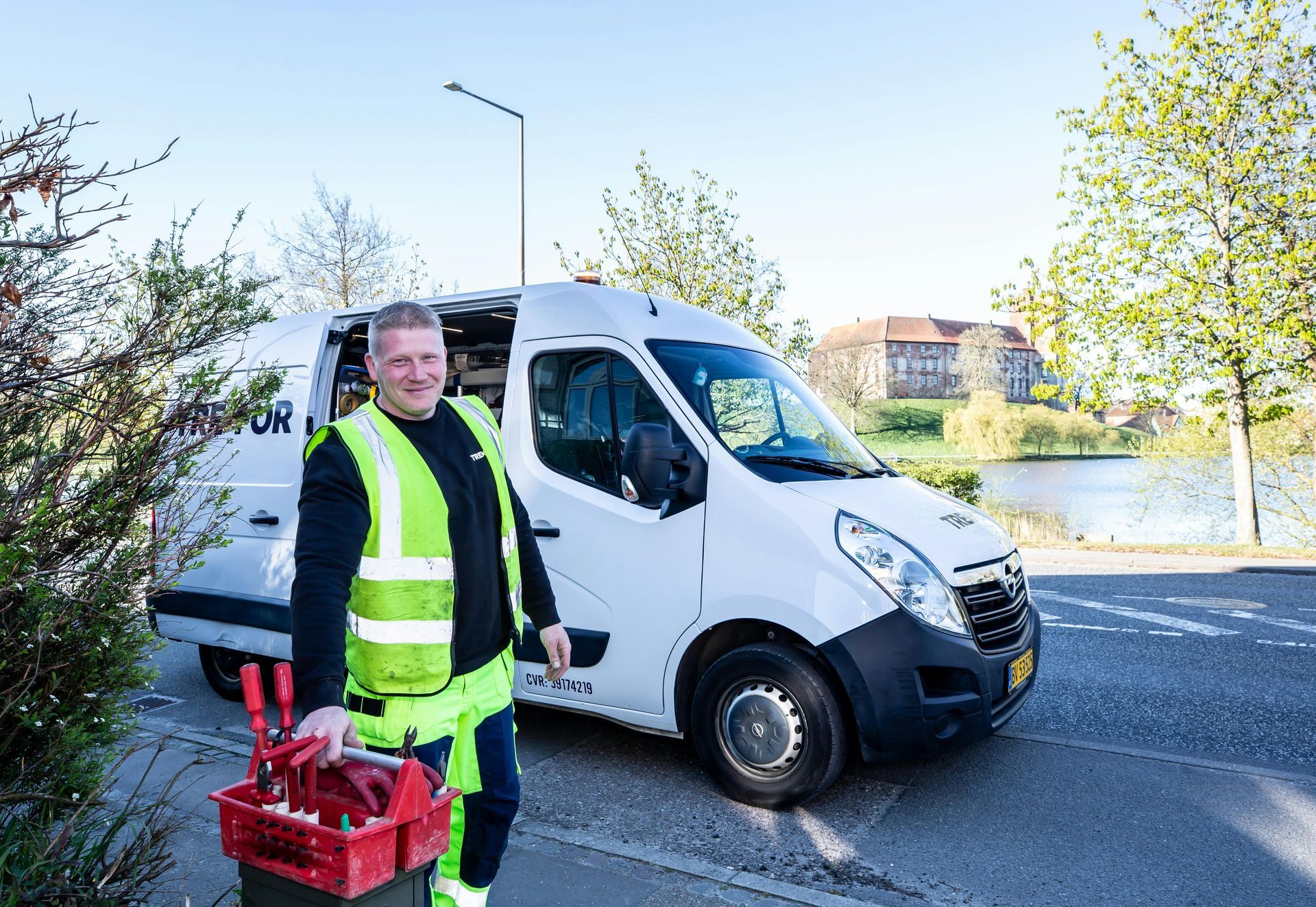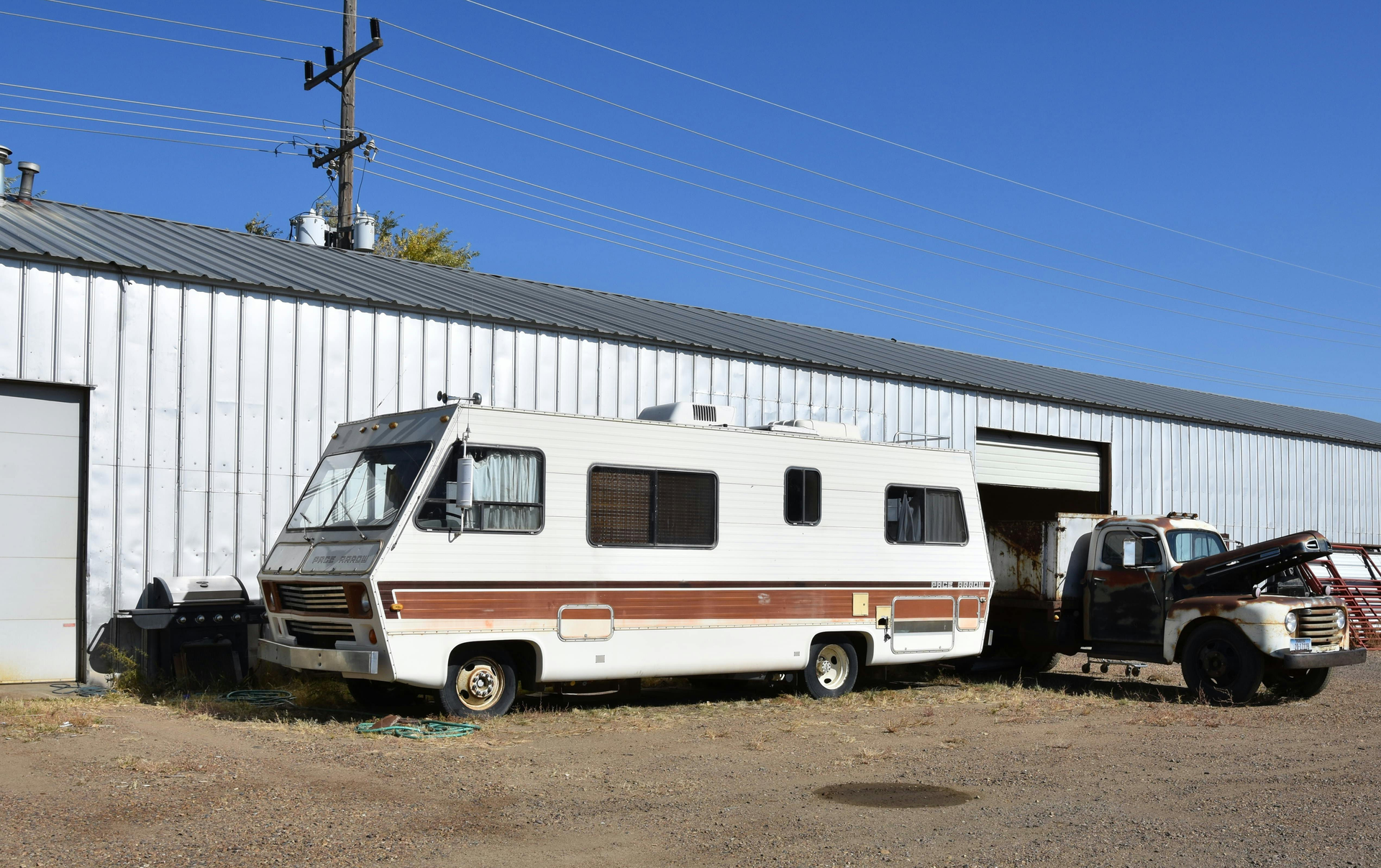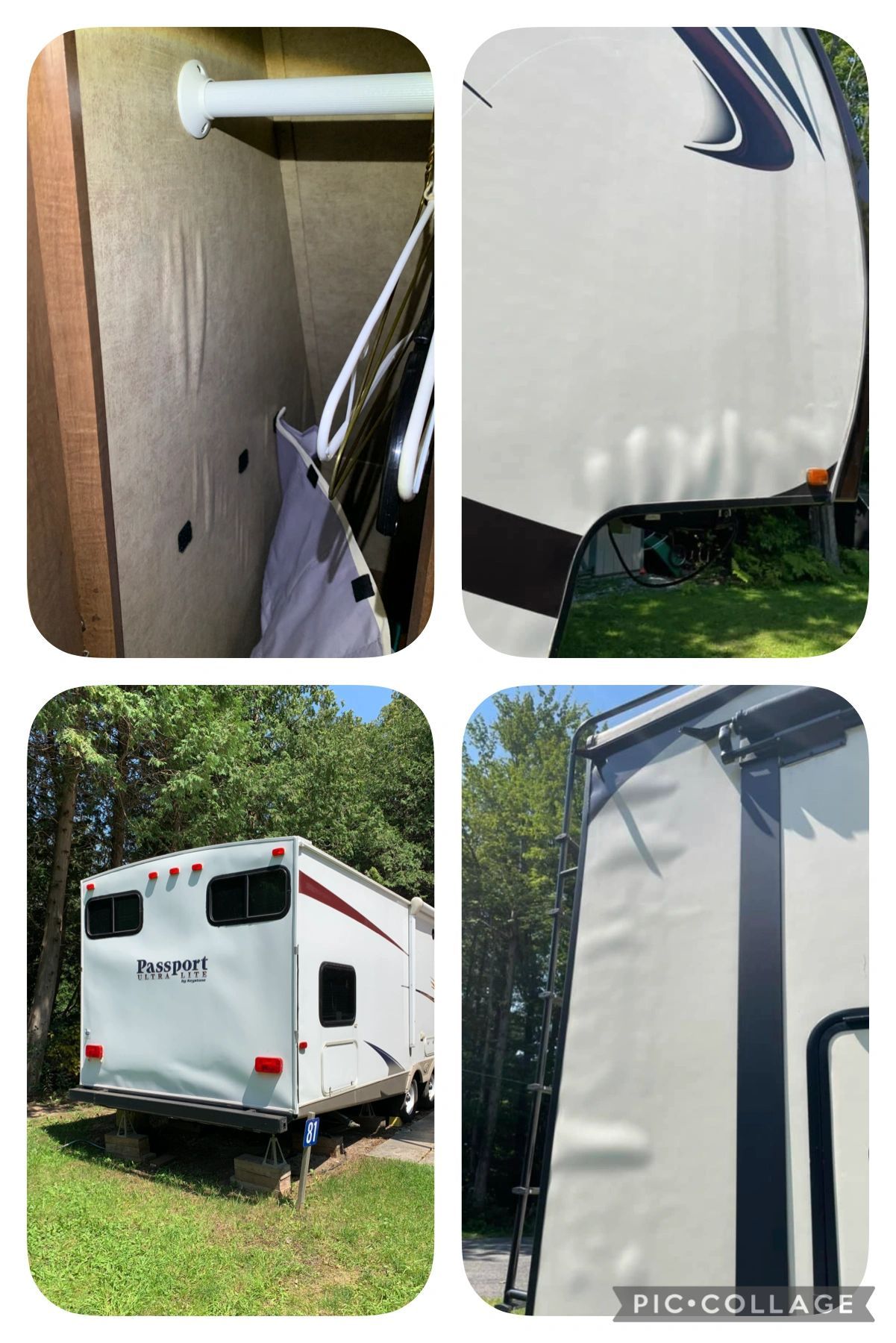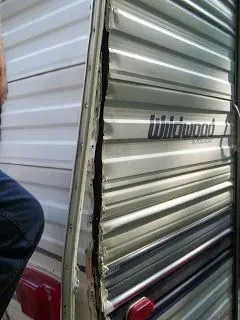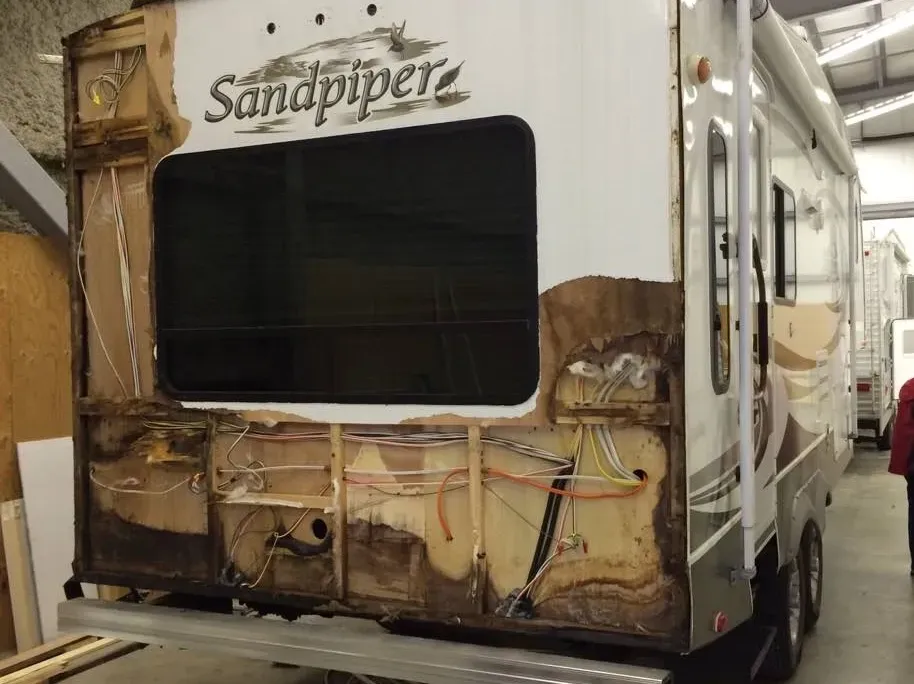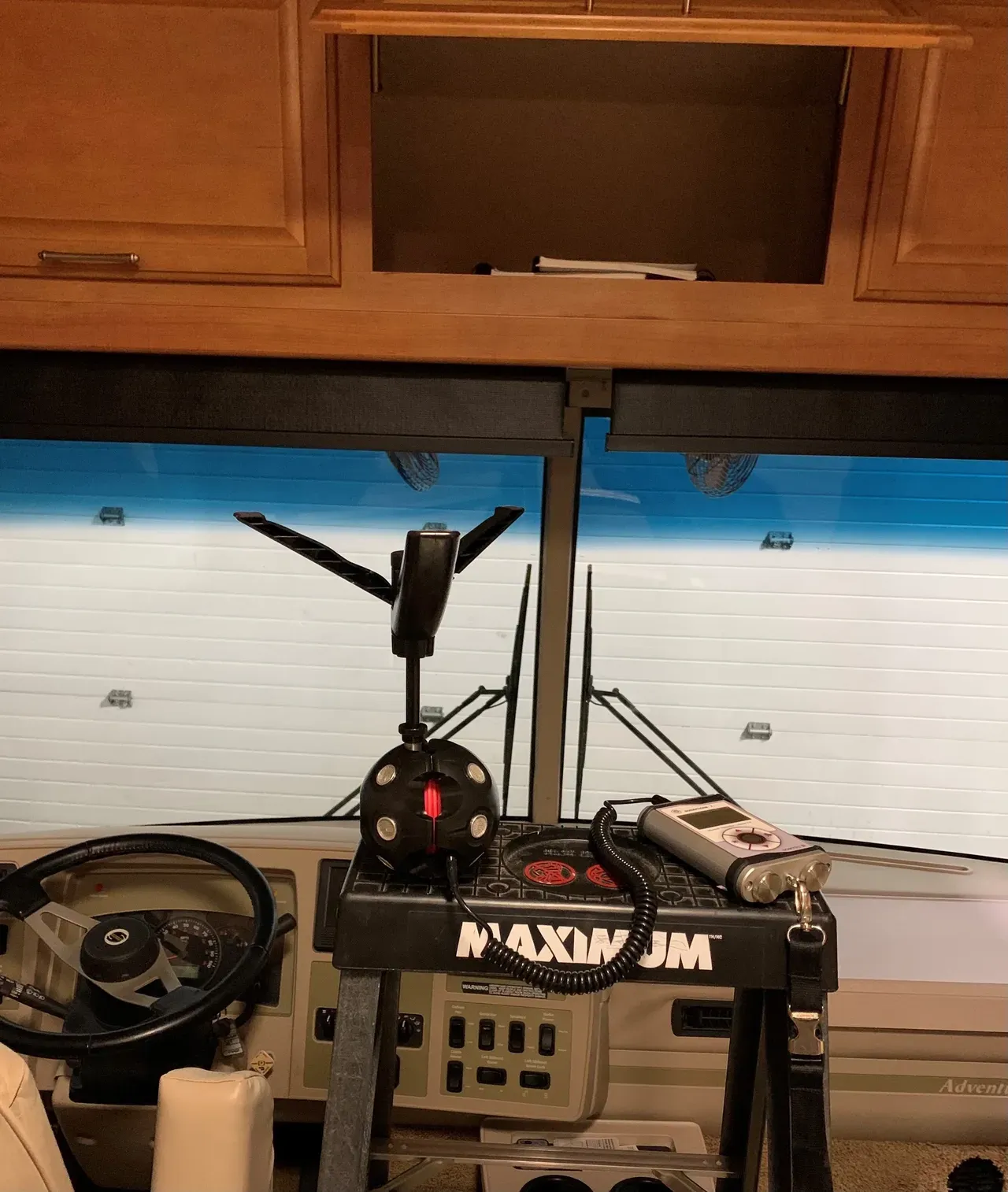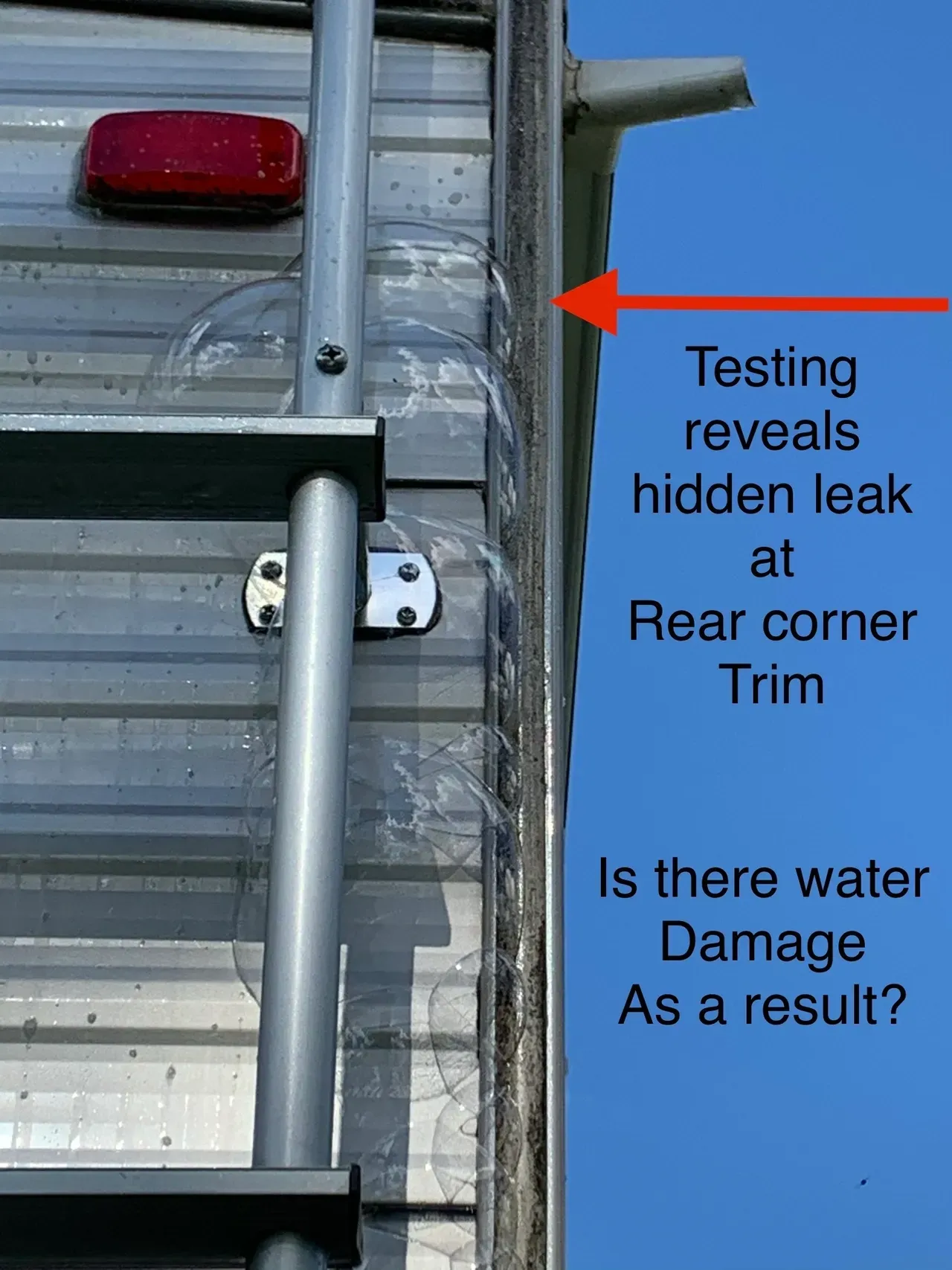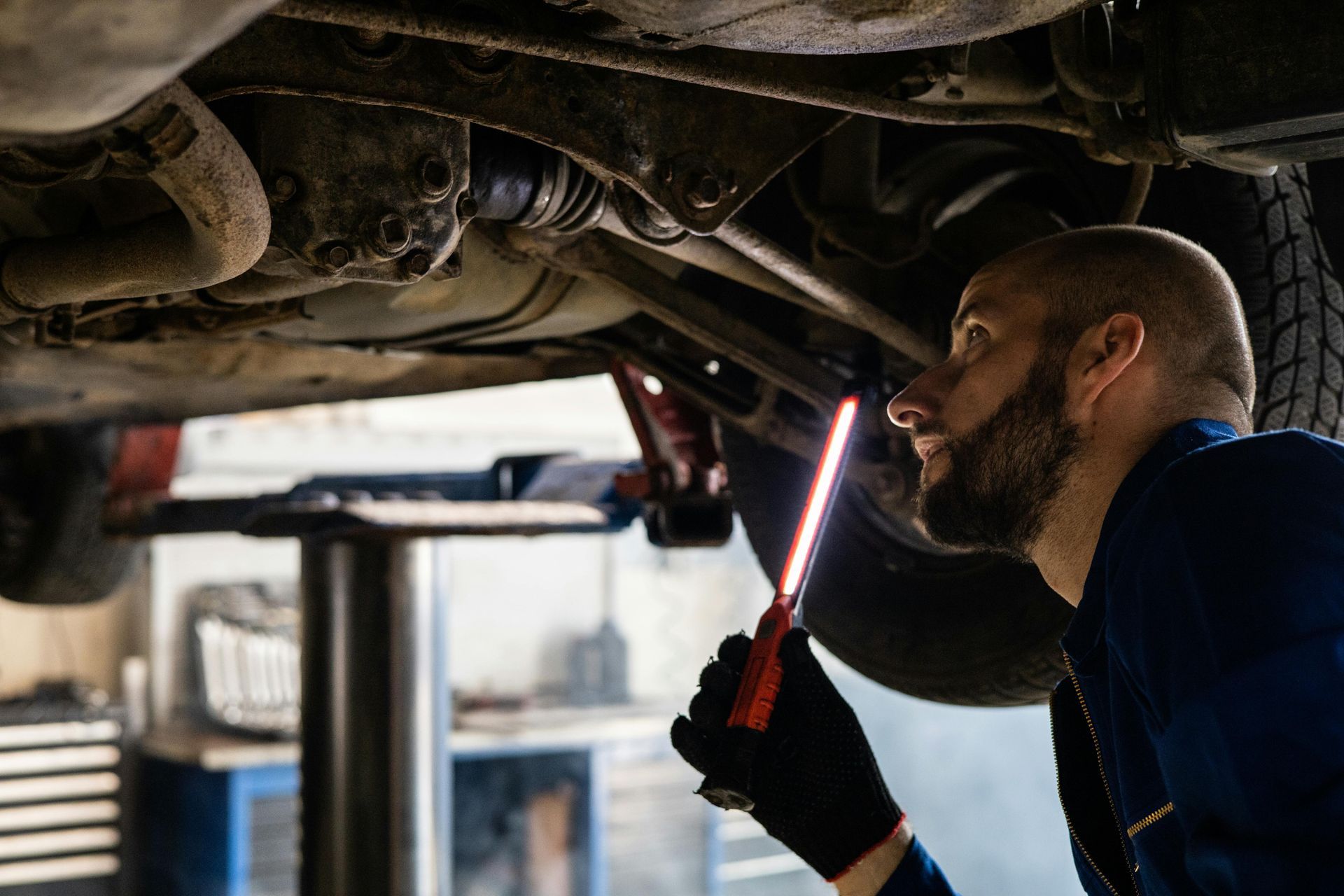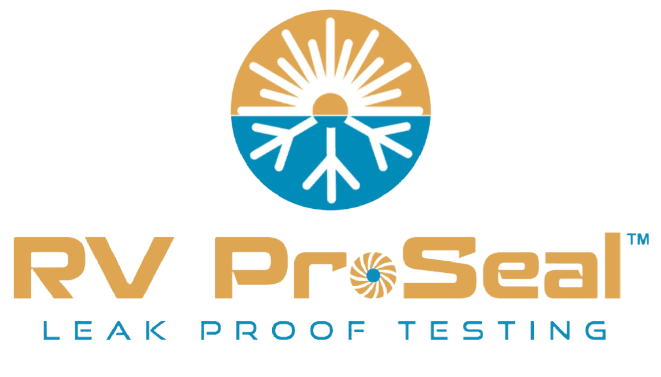The Leaky RV Dilemma for Owners
Unlike our daily vehicles, many are surprised to learn that RVs require frequent exterior inspections of weather seals to prevent leaks from rain and snowmelt. Unknown leaks and the water damage it causes could quickly leave you with repair bills into the many $1,000's and many lost camping weekends at the dealers.
The delamination in the pictures took all the owners by surprise happening within one season. These issues were not caused by bad roof seals. Both the secondary and primary seals found behind the corner joint trim failed.
Rainfall overfills the small gutters and the little gutter spouts do a poor job at keeping runoff away from soaking the corner sidewall area. This runoff is a constant soaking down the wall and joint. Visual-only inspections cannot inspect the primary seals well enough.
These critical areas require advanced leak inspection testing methods to keep RVs leak-free.
New for RV owners is the advancement in the ability to test an RV for air and water tightness from the inside out using non-invasive professional equipment and methods. Air leakage in the building envelope can allow for moisture and rain intrusion causing expensive damage such as delamination, mould, wood rot and potential electrical fires.
RV design and build prohibit RV Techs or RV owners from thorough exterior inspections to find small or hidden gaps, voids, and seal failures in primary seals. Such as behind sidewall corner trim or window flanges.
Delamination is often the result of either inside or outside walls or both. Such areas leave RV owners with inevitable hidden leaks. Yet, all outer body seams and waterproofing seals are maintenance wear/tear items not covered by warranties or insurances as many expect. In most cases, owners must self-insure the high cost of water damage repair and protect themselves from accelerated depreciation.
Hence the 'The Leaky RV Dilemma for Owners.'
An experienced RV tech or RV owner will start their exterior inspection on the roof. It is the most accessible area to inspect and where many leaks often form. However, with the popularity of fibreglass-sided RV's today, exterior wall delamination, the bubbles and waves visible, can be and usually caused by failed primary seals found behind door and window trim, corner joints, speakers, patio lights, etc. The only seal RV owners and RV Techs can visually inspect, without deconstruction, are the 'secondary' seals found caulked around the outside of these mentioned areas. Aluminum-sided trailers avoid exterior delamination but do not avoid it on inside walls. Both fibreglass and aluminum-sided RVs will also find additional water damage to the wall structure, insulation and floor.
The advanced methods of seal inspections start from the inside out vs the outside-in. Leak technicians can better inspect both the primary and secondary seals all at once without the expensive cost of deconstruction. Such inspections allow for a fast, inexpensive and more thorough assessment to address any issues early.
You may be wondering what the difference is between a Leak Technician and an RV technician? RV Technicians do not have the added certification or know-how required for such testing equipment for advanced inspection and daily use, which is vital for consistent and accurate results.
One leak test example is RV Pressure Testing, sometimes called Bubble Testing, for RVs before the addition of slideouts or tip-outs. Better understanding and technology advancements bring us into the 21st century, overcoming the unique challenges of slideouts and building construction. Pressure testing has limitations but allows for a better inspection when combined with other methods.
Like many of our customers, chances are you are someone who takes pride in maintaining your things and try to stay ahead of avoidable disasters. For such essential tasks, you recognize your limitations, have a higher level of uncertainty to complete the task yourself without professional tools and know-how to inspect the areas you can't see. Chances are you want peace of mind the job was done right by an expert.
If you live and camp in Southwestern Ontario, you are in luck to benefit from RV ProSeal inspection testing. RV ProSeal is a 3-year-old Canadian company located in Oakville, Ontario. They are the first and only company to bring the latest diagnostic equipment and know-how to RV leak inspection testing maintenance. They provide vital, unique, informative, professional leak prevention, leak detection and waterproofing services for their local RV owners.
Until now, these critical areas have not been inspected by you or your RV Tech. Now that advanced inspection testing is available, you can better protect yourself.
You might also like
